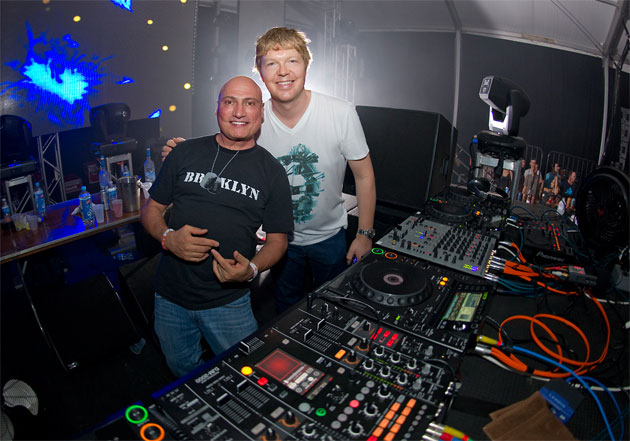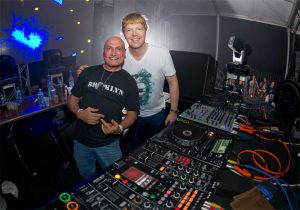 If there’s a division between modern and classic EDM, it’s how a setlist is put together. Go to Ultra Music Festival, Electric Daisy Carnival, or any similarly-large event, and the headliners have assembled an hour’s worth of familiar tracks, ones that remain recognizable even with mixing. A DJ trots out his own hits and re-works a handful of other tracks, and the set passes onto the next performer. While this format brings in the bucks, it passes over the roots and experimentation associated with electronic dance music DJing from the 1980s and ‘90s.
If there’s a division between modern and classic EDM, it’s how a setlist is put together. Go to Ultra Music Festival, Electric Daisy Carnival, or any similarly-large event, and the headliners have assembled an hour’s worth of familiar tracks, ones that remain recognizable even with mixing. A DJ trots out his own hits and re-works a handful of other tracks, and the set passes onto the next performer. While this format brings in the bucks, it passes over the roots and experimentation associated with electronic dance music DJing from the 1980s and ‘90s.
The dual-headlining event of Danny Tenaglia and John Digweed, presented by Made Event, on Governors Island on August 11 revisited the genre’s origins. Hits, save for the end, were removed entirely from the equation. Instead, the beat – essentially a 4/4 house beat with a spaced-out 2/4 super-imposed on top, creating a swinging effect – reigned supreme, with familiar figures returning over the course of their four-hour set. Sleepy & Boo and Pleasurekraft opened for the two legends, who promptly started at 8 p.m.
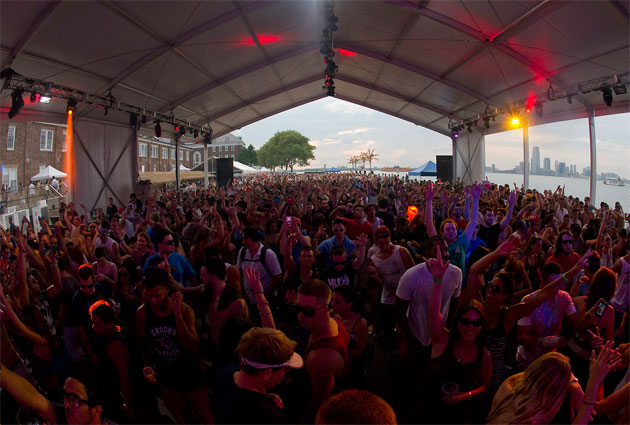
John Digweed’s first one-hour set had a retro but not dated vibe: perfect for the Hacienda, were the former Factory Records-owned Manchester club to exist in the present, instead of the modern-day music festival. But, much like Pet Shop Boys and Depeche Mode can retain relevancy in modern times, Digweed’s set had a beat undercurrent that got the crowd going. On top were minimalist, fragmented synth melodies and the occasional wailing voice or siren.
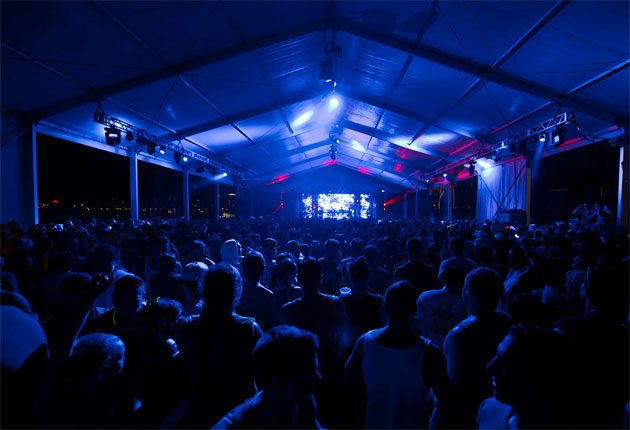
40 minutes into his set, Digweed greeted the crowd with, “New York City, how are you doing? It’s nice to be back.” A 20-minute crescendo of synths, melodic oscillations, and percussion ensued, culminating in electronic fanfare that segued into Danny Tenaglia’s first set.
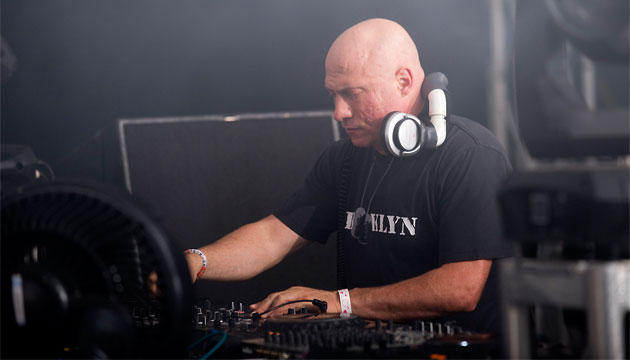
Tenaglia’s first set, mirroring the organic techno of his Birthday Bash and Vinyl Reunion at Pacha NYC in April, put percussion high in the mix, picking up where Digweed’s final and lengthy crescendo left off. Heavy bass drum and hand claps gave his set an overall marching quality, a militaristic two-step softened and broken up by a serene chordal or hemiolic melodic line. By the second half, Tenaglia threw in some synth-pop sounds. Sequencers added a second rhythmic element, while a vocoder showed that, when it comes to a robotic effect, a synthesized voice still trumps an Auto-Tuned vocalist.
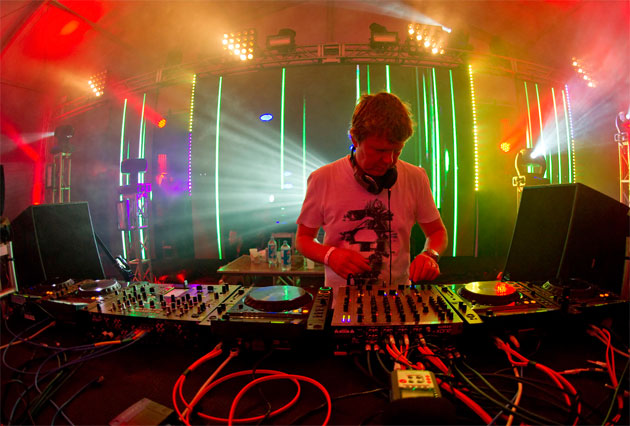
Digweed’s second set ran through more of the same rhythmic patterns and melodies, with a paradoxical organic electronic quality. Tenaglia, as well, resorted to similar rhythms and samples at the start of his second set, but over the course of an hour, he shifted from experimental, organic techno to recognizable house. Past to the halfway point, he addressed the audience, stating that he felt as if he is just getting warmed up and that short sets are for amateurs. But, these sentiments were merely an introduction for Tenaglia to drop a new track – one he and his “friend Sebastian” did together. Preserving many of the rhythmic patterns the DJ defaulted to in his set, the new track had a familiar combination: smooth, disco-esque vocals juxtaposed with a marching rhythmic character.
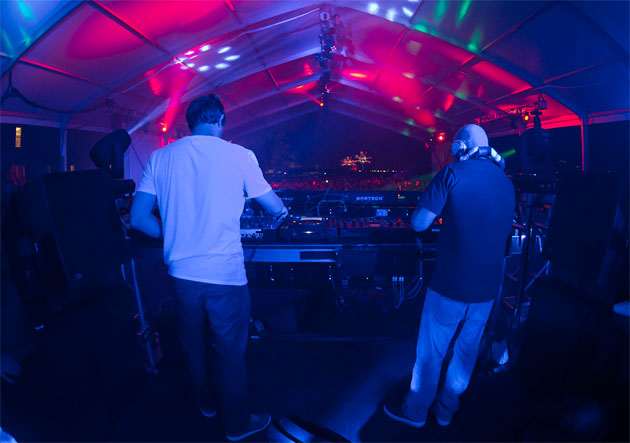
The last minutes encapsulated the entire mood and amalgamation of their combined sets. Tenaglia’s new track – the title was not disclosed – led into the now-classic Digweed’s “Walking on Fire,” his final mix of the night.
